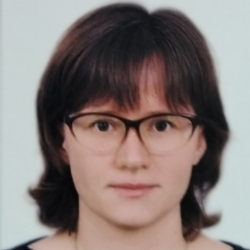

СДЕЛАЙТЕ СВОИ УРОКИ ЕЩЁ ЭФФЕКТИВНЕЕ, А ЖИЗНЬ СВОБОДНЕЕ
Благодаря готовым учебным материалам для работы в классе и дистанционно
Скидки до 50 % на комплекты
только до
Готовые ключевые этапы урока всегда будут у вас под рукой
Организационный момент
Проверка знаний
Объяснение материала
Закрепление изученного
Итоги урока

Презентация "Geographical position, capital, major cities and regions of Russia".
Категория:
Английский язык
14.09.2023 20:33












![Southern Federal District The Southern Federal District (SFD, from May 13 to June 21, 2000 — the North Caucasus Federal District) is a federal district of the Russian Federation in the south of its European part. The district consists of eight subjects of the Russian Federation, including the disputed Republic of Crimea and Sevastopol[c]. The population of the Southern Federal District is 16,642,052 people (11.36% of the population of the Russian Federation as of January 1, 2023), the area is 447,821 km2 (2.61% of the territory of the Russian Federation).](https://fsd.multiurok.ru/html/2023/09/14/s_650343dc1fd69/img8.jpg)
























